cable to electric speedometer conversion
How cable to electric speedometer conversion:Most of the odometers record the total mileage, and some watches are single-trip odometers that record the mileage of each trip, and can be reset to zero every time they are used. Measuring the speed of the car and recording the total mileage and one-way mileage require several separate sets of parts. Depending on the internal parts of the speedometer, the factory brand and the model, its appearance is different. Speedometer Connection The speedometer and odometer are all housed in a housing and driven by a flexible shaft. The flexible shaft is connected to the output shaft gear of the gearbox or to the front wheel. The gear design of each type of car is different, and the size of the tire and the transmission ratio of the rear drive axle must be considered.
For the output of most gearboxes, the driving flexible shaft rotates 1001 revolutions, which is equivalent to 1 mile on the odometer, that is, if the driving flexible shaft rotates 1001 times per minute, it means that one mile is traveled, and the rate is measured at 60mph (60 miles per hour) is counted. Speed indication The speed indication of a typical speedometer or tachometer works on the principle of electromagnetism. It consists of a permanent magnet driven by a flexible shaft connected to the gearbox. Around this magnet is a magnetic stator in the form of a circular basin. Between the magnet and the magnetic basin stator is a speed disc of non-magnetic material mounted on the rotating shaft, and the magnet rotates in the speed disc.
The rotating magnetic field caused by the rotating magnet produces a force that drives the speed disc, making it rotate in the same direction, but the movement of the speed disc is stopped by the hairspring installed on the rotating shaft, and the speed disc just stops at the magnetic field force and The point at which the reaction forces of the balance spring are balanced. Another function of the balance spring is to spring the shaft back to the zero position originally pointed by the pointer when the magnet stops rotating. Between the rotating magnet and the speed disc, there is no mechanical connection. When the rotation speed of the magnet increases due to the acceleration of the car, the pulling force of the magnet on the disc also increases, which destroys the original balance; the disc rotates forward again and is subjected to greater resistance from the spring to reach a new equilibrium point. The test cable is a normal speedometer drive cable. Twist the test flexible shaft, the pointer should be able to quickly deflect from zero to the middle of the dial. When testing, if the pointer can quickly return to zero from this position, it means that the hairspring and magnet are working normally. The same test can be done on the drum or cylinder speedometer. The pointer on the cylinder should be turned to at least 30 miles per hour, and then it is required to return to zero quickly.
 English
English 
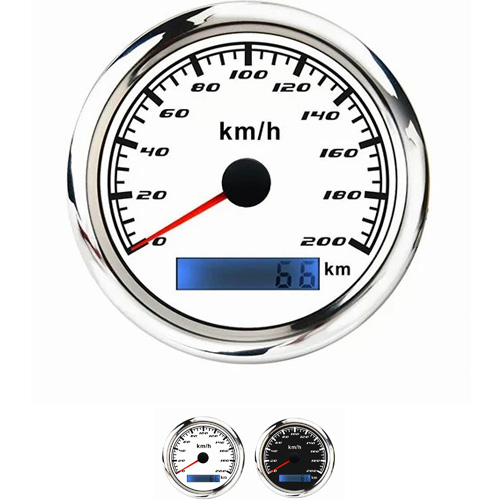
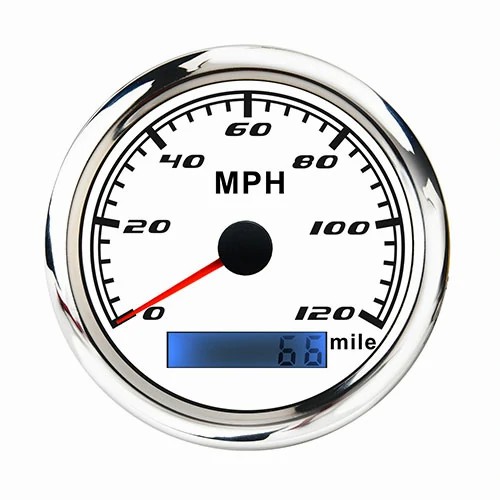

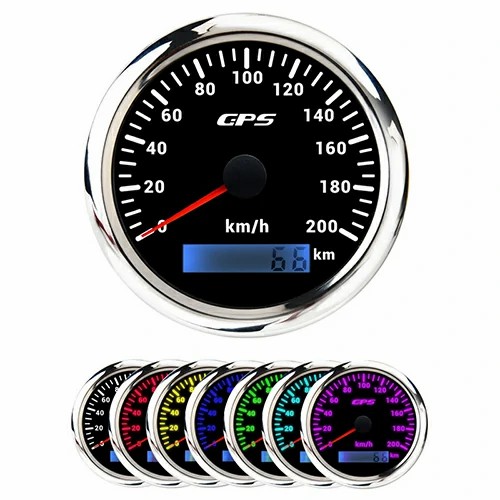
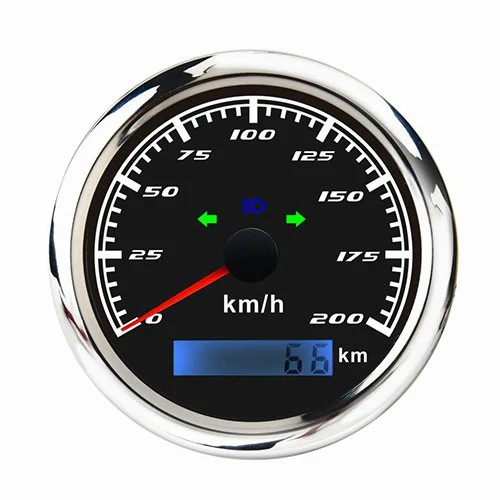
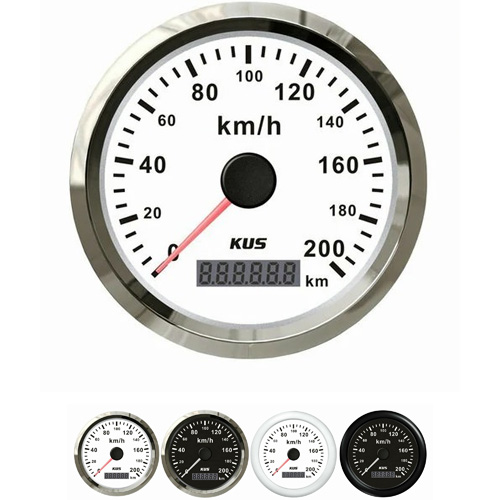
Get a Quote / Info